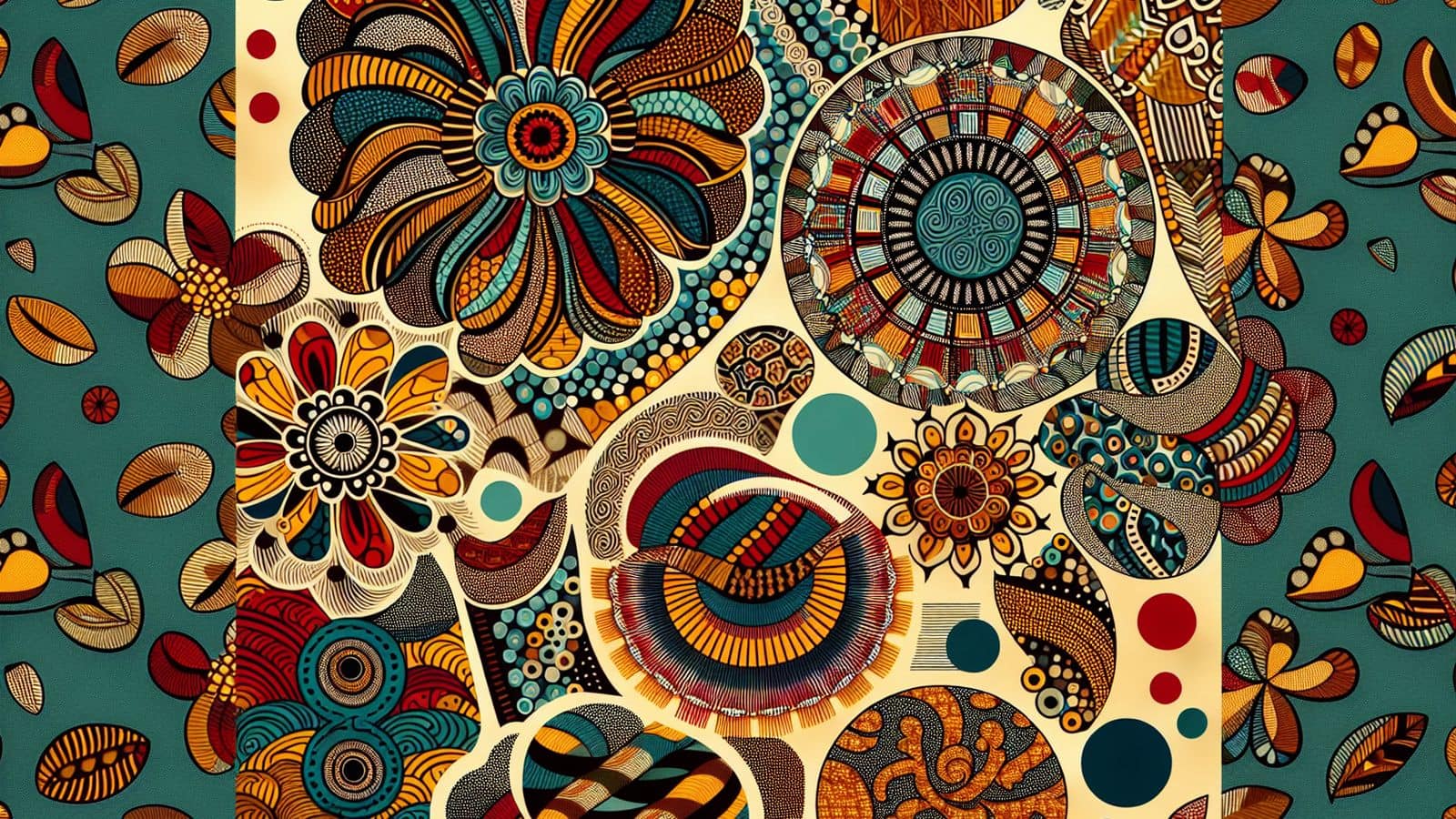
African wax prints: History and tips to style
What's the story
African wax prints, with roots in Indonesian batik, were introduced to Africa by Dutch traders in the 1800s. These fabrics are central to African fashion, recognized for their vivid colors and distinctive patterns. The article delves into the history of wax prints, their cultural importance in Africa, and tips for adding them to your wardrobe for global flair.
Background
The story behind the print
African wax prints' journey began when Dutch merchants introduced Indonesian batik to West Africa. It was the distinctive tastes and influences of African women that transformed these imports into the wax prints we know today. These fabrics swiftly became symbols of status and identity within various African cultures. Each pattern carries meaning, often used to communicate messages or celebrate significant life events.
Key concept
Patterns with purpose
African wax prints transcend aesthetics, embodying deeper meanings. These designs are rich in symbolism, often representing social and marital status, age groups, political beliefs, or emotions. The Nsu Bura pattern from Ghana, for example, depicts water droplets to symbolize abundance and prosperity. When selecting a print, understanding these symbols can enhance appreciation for its connection to your personal narrative or values.
Practical advice
Styling wax prints daily
Adding African wax prints to daily attire is easy. Begin with small items like head wraps or scarves if you're hesitant about bold patterns. For a bolder move, pair a wax print blazer with plain trousers for standout work wear. Balance is crucial; match intricate prints with subdued hues to highlight the print without dominating your ensemble.
Sustainability
Sustainable style statement
African wax prints not only elevate style but also promote sustainable fashion. Designers often source these fabrics locally and collaborate with artisans in African communities. This approach supports fair trade and preserves traditional craftsmanship. Opting for authentic wax prints from ethical brands or local markets helps sustain livelihoods and minimizes environmental impact, making a style statement that's both culturally rich and eco-conscious.
Culture
Cross-cultural chic
African wax prints have transcended borders, influencing global fashion and fostering appreciation for Africa's textile artistry. Designers from around the world are incorporating these patterns into their collections, demonstrating how traditional elements can be adapted into modern designs without losing their original significance. This trend is a celebration of diversity in fashion that connects people across different cultures.